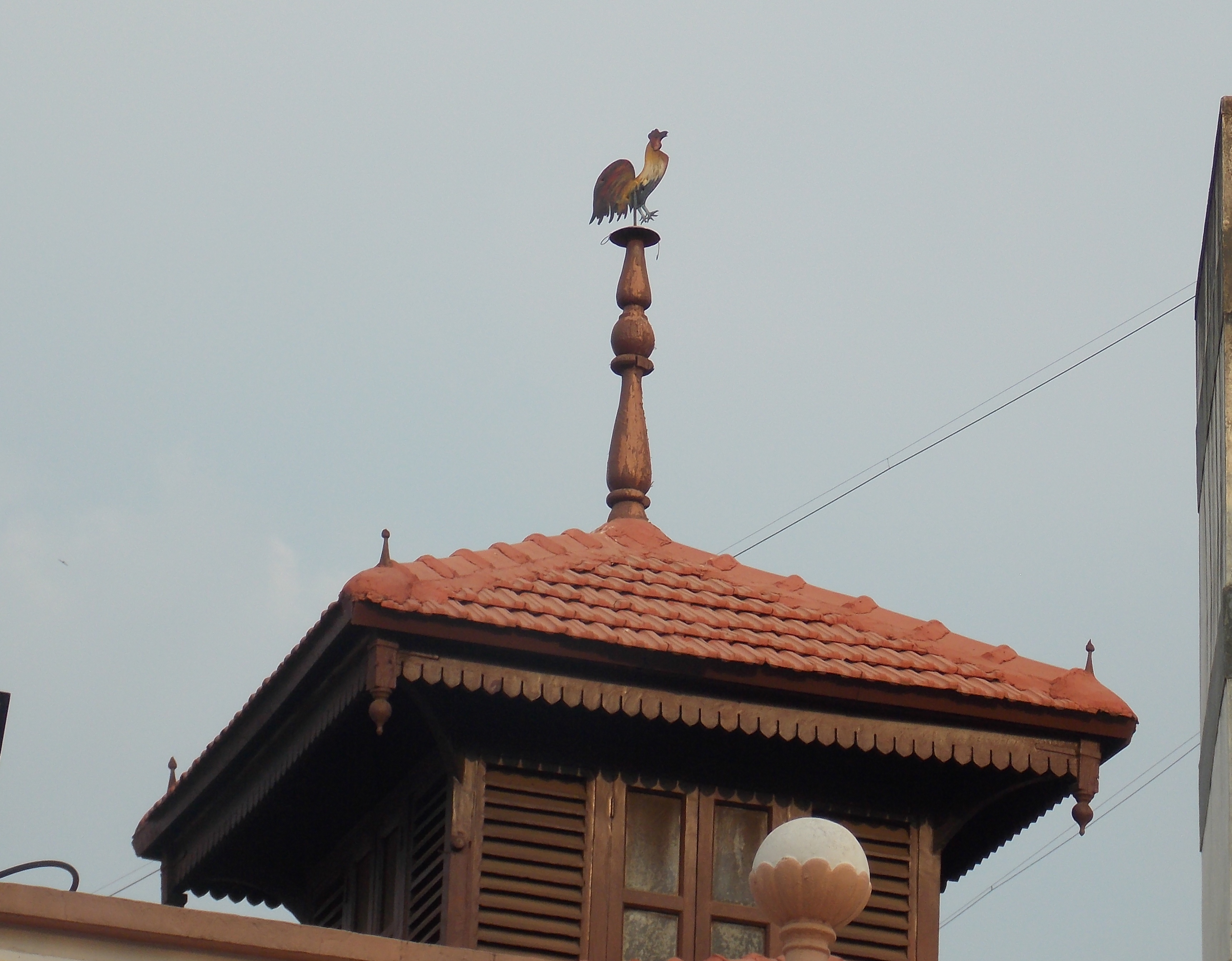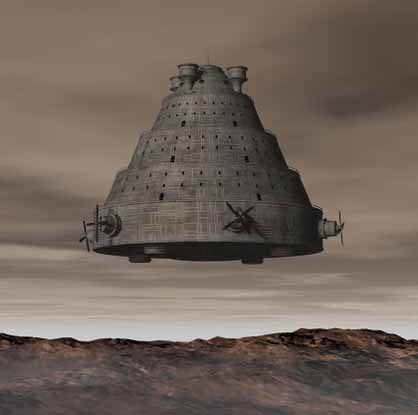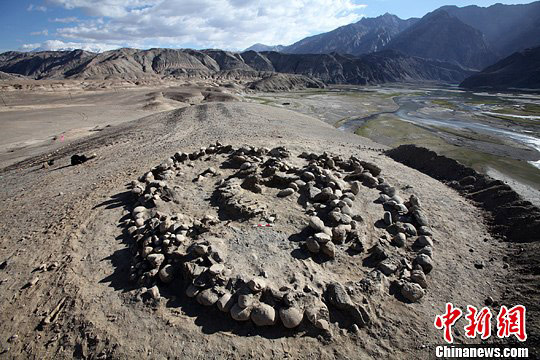Notable Parsi Genius BURJORJI JAMASPJI PADSHAH (1864 – 1941)
Bit long but most interesting. I must confess that I had never ever heard of him. Had you? Sarosh, if anybody, must know more about him.
![noname]() Burjorji Jamaspji Padshah was born in Bombay on May 7, 1864 in a high talented family, hailing from Navsari. He was the fourth son of Jamaspji Padshah who died prematurely in 1880, leaving him at the age of 16 in charge of his business which included a horse-stable at Byculla, Bombay.
Burjorji Jamaspji Padshah was born in Bombay on May 7, 1864 in a high talented family, hailing from Navsari. He was the fourth son of Jamaspji Padshah who died prematurely in 1880, leaving him at the age of 16 in charge of his business which included a horse-stable at Byculla, Bombay.
Burjorji’s father was Jamsetji Tata’s best friend. Young Burjorji therefore found himself the ward of a wise and considerate guardian when his own father died. Jamsetji’s daughter, Dhunbai was engaged to Burjorji Padshah. Sadly she passed away in 1871 at the age of ten.Being a versatile genius, Burjorji soon adapted himself to his new environment, ran his father’s business most successfully. His connection with horses generated in him a deep love for animals which manifested itself in his later life.
Burjorji’s life is a chronicle of brilliant successes. He passed his matriculation from the Proprietary High School at Bombay in 1881 and went to the Elphinstone College. He then passed his first year in Arts carrying away the Gibbs Prize in Physics.
A year later he passed the first B.A. of the Bombay University winning the Ellis Scholarship in English – and the James Taylor Prize in History and Economics. He graduated in 1884, standing First in First Class, and carried away the Cobden Medal in Political Economy. It is also said that he got cent per cent marks in his English papers for that year.
With such an academic record, it was natural that his mother wanted him to enter the I.C.S. as his elder brothers had done but Burjorji departed from the beaten track and studied Theosophy—a desire which left a great impression on him and which probably influenced various phases of his later life.
With the money he inherited from his father, he went to England with Madame Blavatsky, but soon left the Theosophists as their beliefs did not appeal to him. He then went to Cambridge for the study of higher mathematics. One amazing characteristic of Burjorji was that even though he passed all tests brilliantly he never went to take a degree, either at Bombay or at Cambridge. His name therefore does not appear on the registers of either University.
On his return to India he was appointed a Professor, and later on, Vice-Principal of the Dayaram Jethamal College, Sindh where with his profound knowledge his interesting lectures not only made him a popular figure in the institution but also endeared him to the students of the entire college who looked up to him as their guru. So devoted was Burjorji to his work and so eminently fitted was his talent to this activity, that the connection would in all probability have become permanent had it not been for the occurrence of an incident which followed very shortly. Owing to the retirement of the then Principal of the college, Burjorji who was abundantly qualified for the post, should have been appointed to it in the ordinary course of events. Unfortunately he was unfairly passed over in favour of an Englishman.
This step, however, turned out to be a blessing in disguise; for when Burjorji came to Bombay again in 1894, Jamsetji Tata, who had once before asked him to join his firm, repeated the invitation. Burjorji, whose vision was wide and comprehensive, was specially qualified for the gigantic schemes which Jamsetji had in mind, and readily accepted the offer.
Jamsetji commissioned Burjorji to proceed to Europe and America, and make a close study of similar institutions on these continents. Burjorji made an exhaustive report to Jamsetji which in due course resulted in the establishment of the Indian Institute of Science.
From the very inception of the idea of manufacturing steel in India, Burjorji had collaborated first with Jamsetji and then with his sons and it is largely to his vision, foresight that the Tata Iron and Steel Company owes its foundation and growth.
It was Jamsetji’s dream to harness the water power on the Western Ghats for the benefit of industrial India. Burjorji followed every inch of the investigations not merely on paper but with Mr. Gosling, walked over many miles of the Ghats before the final reports were made and the spots selected for the lakes. Again, after the floatation of the Hydro-Electric Company, when it was thought that there would be difficulty for all the power to be consumed, Burjorji, with, that broad view of sharing profits with others, induced the Directors of the Hydro-Electric Company to enter into an underwriting agreement with others who guaranteed the consumption of all the power generated by the Tata Hydro-Electric Company.
Jamsetji from his early years had several investigations made for the extraction of oil from seeds and had brought out experts to advise and, in fact, had erected an experimental plant in Bombay. Because of the work entailed in the establishment of the hydro-electric companies, the oil industry had been kept in abeyance. As soon as Burjorji’s hands were a bit free he turned to this industry and as a result the Tata Oil Mills were floated.
In 1905, shortly after the death of Jamsetji Tata, Burjorji induced Dorabji Tata, Ratan Tata and other financiers in Bombay to establish an Indian Bank, as a result of which the Bank of India was started.
Burjorji studied prolifically every branch of insurance. Even before 1914 his mind had been working on insurance but the pre-occupations of the years during the War did not permit him to put forth a complete scheme for the floating of an Indian Insurance Company which would do insurance businesses of every kind. It was in 1918 that he was able to write his treatise on insurance and its benefits to the country which resulted in the establishment of the New India Assurance Company in 1919.
Such, was the great contribution of Burjorji towards the scientific and industrial progress of India. It is only when the amount of work and intellect that were put in perfecting these schemes and bringing them to their present state of maturity are considered that one can get an idea of the indebtedness of India to Burjorji’s talent and constructive ability.
As an educationist, scholar and thinker, Burjorji had few equals. He was a voracious reader and was practically a living Encyclopaedia. His fine memory, his wonderful grasp of facts and figures, and his extraordinary mastery of the most complicated problems, were unique. There is no subject which he did not know and could not discuss with profundity. His views always compelled attention, whether one agreed with him or not. All those who came in contact with him were impressed by the vastness of his information on almost every branch of learning and human understanding. The variety and depth of his knowledge were amazing. Whether it was general literature or poetry, science or philosophy, history or religion, sociology or politics, he was equally familiar with them all. He was a great admirer of Browning; and had read and re-read even his longest and most difficult poems, some of which he knew practically by heart.
Mathematics in particular was his forte; and it was surprising to see him poring with delight even over the pages of such difficult and abstruse works as Einstein’s “Problems on Relativity.” Burjorji had a marvellous memory. He could remember dates, incidents, figures that he could produce with mathematical accuracy. He never used a slide rule. All his calculation was mental and there never was a mistake when compared with the engineers and scientists who brought out their slide rules from their hip pockets and calculated. He had no use for these mechanical aids and when a young engineer told him “Why tire the brain and not reserve its energy for higher things” he smiled and said “The more exercise the brain gets the more energy it generates.”
Burjorji would grudge every minute that was taken away from his books. He was a student to the end of his life. The harder the problem he had to solve and the greater the effort he had to make, the deeper were his pleasure and enjoyment thereof.
As an individual, Burjorji was even greater. Modest by temperament and absolutely impervious to all ordinary human attractions such as the collection of money or the desire for distinction, he lived a simple, natural and selfless life. His existence was really an embodiment of the principle of “plain living and high thinking.” He never cared for reward or appreciation. He pursued learning and acquired culture for their own sake, and ceaselessly did all he could, according to his own ideas, for the advancement of his country and the good of humanity.
After he left the House of Tata in 1931 he began touring round the globe and moving freely in that greater society of the peoples of the world which he liked and enjoyed so much. People of all nationalities attracted by the wide range of his knowledge and information collected this brilliant conversationalist.
He was a total abstainer, a non-smoker and a vegetarian. He carried his love for animals to such an extent that instead of putting on leather footwear, he always used the products of canvas or some kind of synthetic manufacture; and never rode in a carriage drawn by animals but instead either went by mechanical traction or on foot, often also over long distances even though it entailed considerable personal hardship, before the advent of the motor.
Burjorji passed away on June 20, 1941, at the age of 77. The House of Tata had lost a man who, in their pioneering days, moulded and shaped their gigantic schemes.
Courtesy : Kersee Kabraji
![]()
![]()




 Here’s a look at how they landed in India, and managed to flourish while creating a deep respect and adoration in the hearts of Indians. Gangadharan Menon has interacted with his several Parsi friends and traveled to their historically important sites to recreate their history in words and photographs.
Here’s a look at how they landed in India, and managed to flourish while creating a deep respect and adoration in the hearts of Indians. Gangadharan Menon has interacted with his several Parsi friends and traveled to their historically important sites to recreate their history in words and photographs.


















 The war column in Khareghat Colony, created “in pious memory of the Zoroastrians, who died doing their duty during the Great War”, was unveiled in 1926 by Sir Jamsetjee Jeejeebhoy. “In his speech, he dwelt upon the havoc and distress wrought by the Great War,“ says a Times of India report on the inauguration. “He concluded by hoping that the memorial would teach future generations to stand by their rulers and be patriotic.“
The war column in Khareghat Colony, created “in pious memory of the Zoroastrians, who died doing their duty during the Great War”, was unveiled in 1926 by Sir Jamsetjee Jeejeebhoy. “In his speech, he dwelt upon the havoc and distress wrought by the Great War,“ says a Times of India report on the inauguration. “He concluded by hoping that the memorial would teach future generations to stand by their rulers and be patriotic.“ information on coins from the Sasanian culture, please visit
information on coins from the Sasanian culture, please visit 